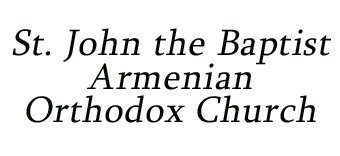SONS AND GRANDSONS OF ST. GREGORY
On Saturday, February 8, the Armenian Church commemorates the sons and grandsons of St. Gregory the Illuminator, namely, Sts. Aristakes, Vrtanes, Housik, Grigoris, and Daniel (who was not related, but was a distinguished and favorite student of St. Gregory). All of them continued the work of St. Gregory, preaching the word of Christ to pagans at great personal peril. Gregory had two sons, Aristakes and Vrtanes. Aristakes, the younger son, succeeded…
